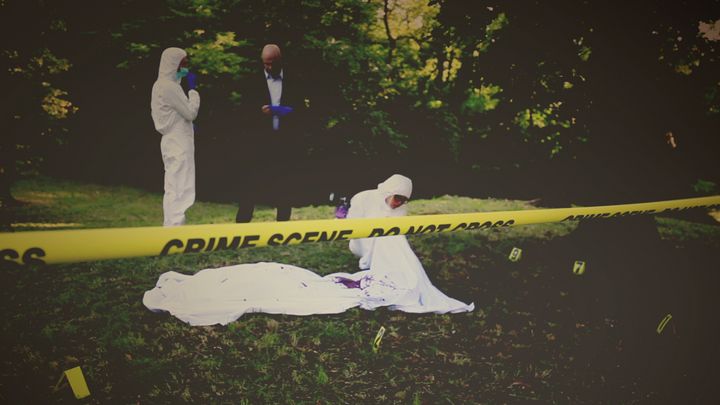
Most murders of American women involve domestic violence, according to a report released by the Centers for Disease Control and Prevention on Thursday.
The CDC analyzed data from 18 states, finding 10,018 female homicides between 2003 and 2014. Over half ― 55 percent ― of cases where circumstances were known involved domestic violence. In 93 percent of those cases, victims were killed by current or former intimate partners: boyfriends, husbands, and lovers. The other 7 percent of victims were female friends, family members, first responders and bystanders who were killed during a domestic incident.
While the facts seem shocking at face value, they’re not surprising or new.
It is already well-established that women in the U.S. are far more likely to be killed by an intimate partner than by any other group of people. As HuffPost previously reported: It’s not strangers, friends or acquaintances who pose the biggest threat to women’s lives. It’s the men they date and marry.
Around three women a day are murdered by an intimate partner, and in many cases, children and others are also killed. The majority of mass shootings ― defined as four or more people fatally shot, not including the perpetrator ― involve domestic violence.
The CDC found that firearms were used in 54 percent of all female homicides. Limiting access to guns for those subject to a domestic violence protective order could serve as a preventative measure to help reduce deaths, it said.
There’s compelling evidence to back up that suggestion: One study found that states that restrict access to firearms for people under domestic violence protective orders had a 25 percent reduction in intimate partner gun homicides.
Given the risks that guns pose in domestic violence situations, many states have recently passed laws making it harder for abusers to buy or own guns. The National Rifle Association, however, has been pushing a different strategy ― arming victims ― which many experts warn will end in more bloodshed.
The report noted that young women of color were disproportionately affected. One third of female homicide victims were under 30, and a larger proportion of black and Hispanic victims were in this group. Black women had the highest rate of dying by homicide in general.
The CDC recommended the use of “lethality risk assessments”, which are tools used by first responders, advocates and law enforcement to identify victims at the highest risk for future violence. Many experts believe there are important warning signs ― for instance, if the victim has been strangled, experienced death threats, and if her abuser has access to a gun ― that can occur before a situation turns lethal.
According to the report, one in 10 victims of homicides involving domestic abuse had experienced some form of violence in the month before their death, suggesting an opportunity for intervention.
“These assessments might be used to facilitate immediate safety planning and to connect women with other services, such as crisis intervention and counseling, housing, medical and legal advocacy, and access to other community resources,” the CDC report read.
______
______
Related Coverage:
- When Surviving Childhood Means Killing Your Father
- This Is Not A Love Story: Examining A Month Of Deadly Domestic Violence In America
- Trump’s Election Raises Fears Of Increased Violence Against Women
- The Children Who Saw Too Much
- Behind The Photos That Changed How America Saw Domestic Violence
- We’re Missing The Big Picture On Mass Shootings
- Woman Accused Of Murdering Her Abusive Ex Goes Free After Almost 3 Years Behind Bars
- She Was Leaving Her Emotionally Abusive Husband. Now The Whole Family Is Dead.
